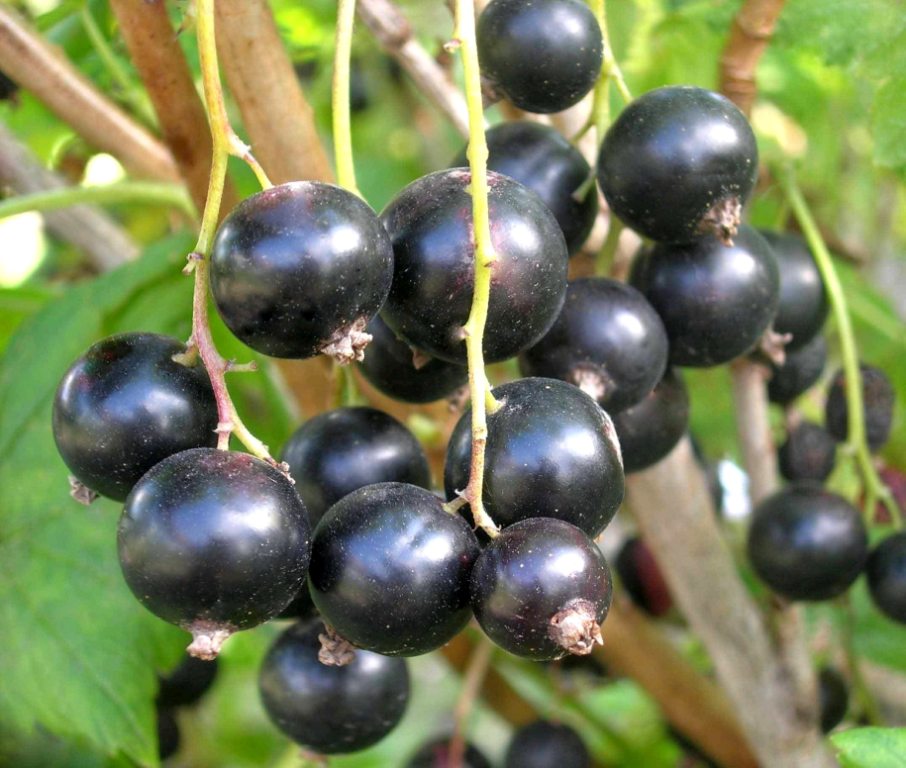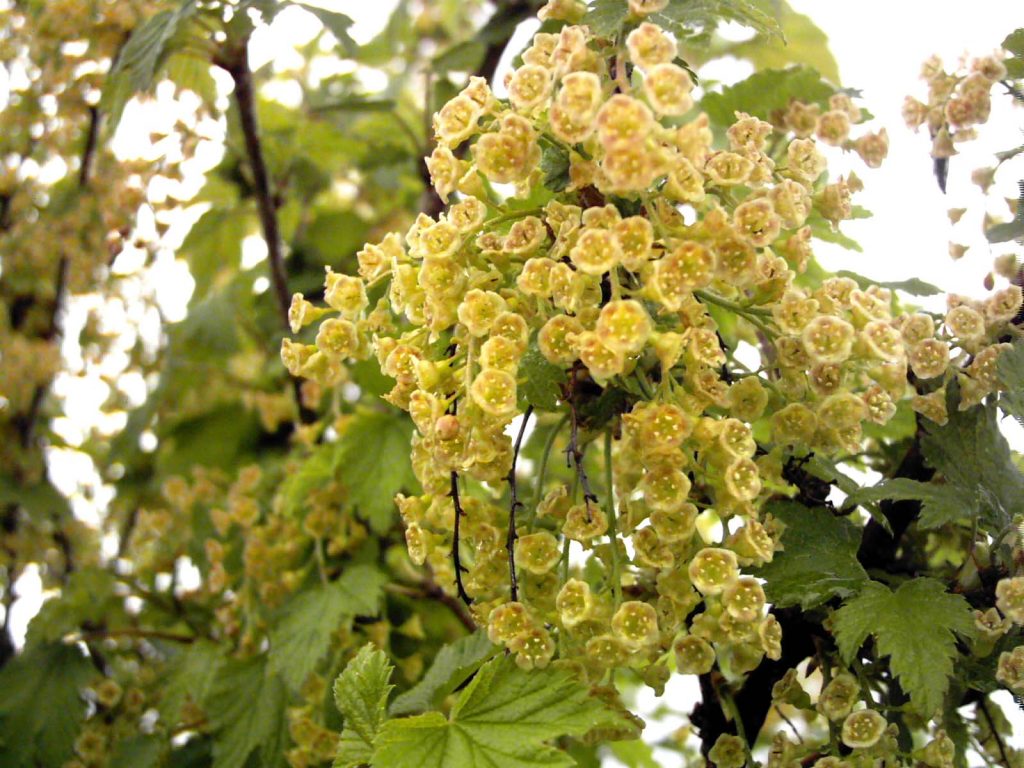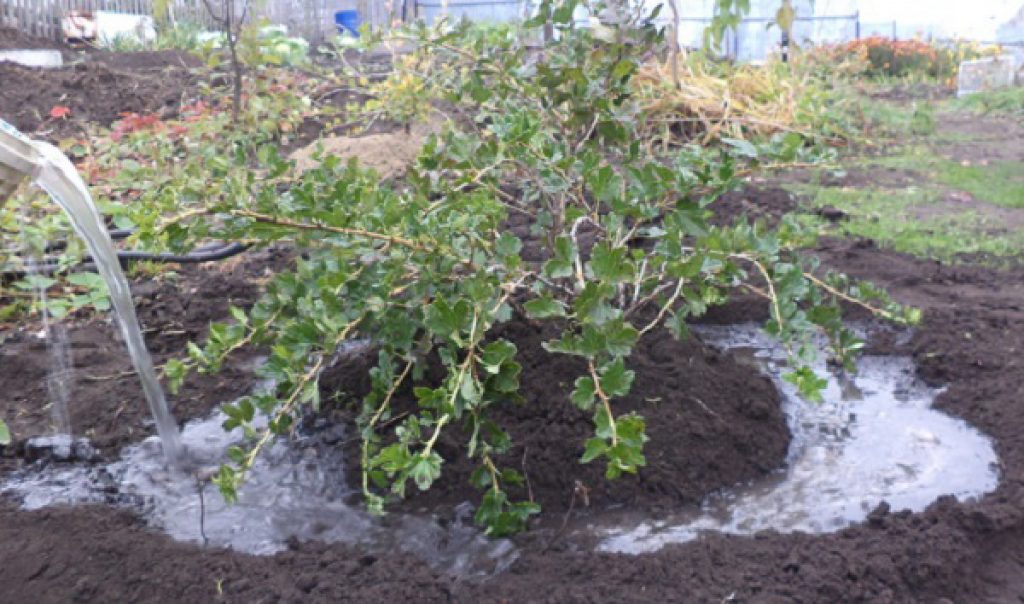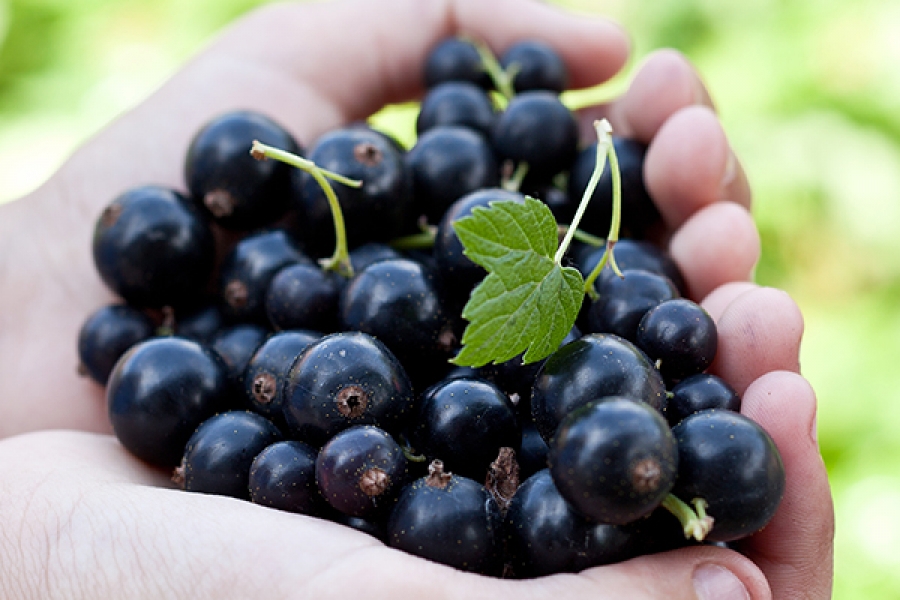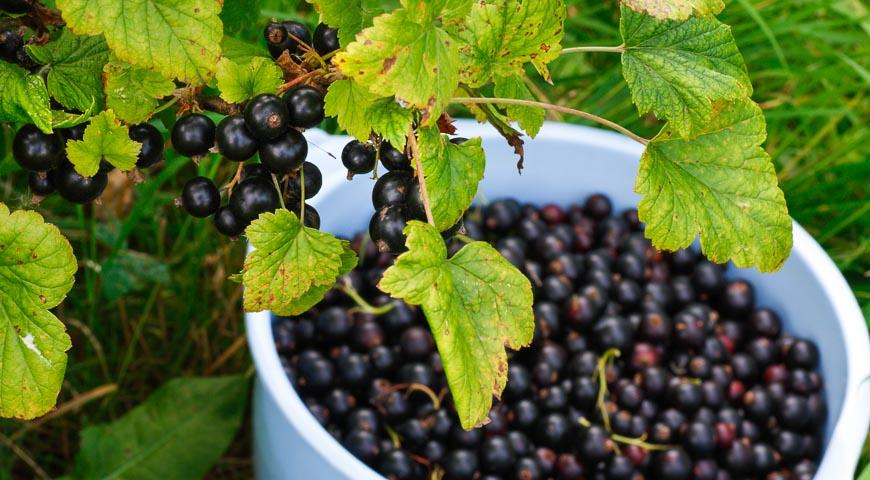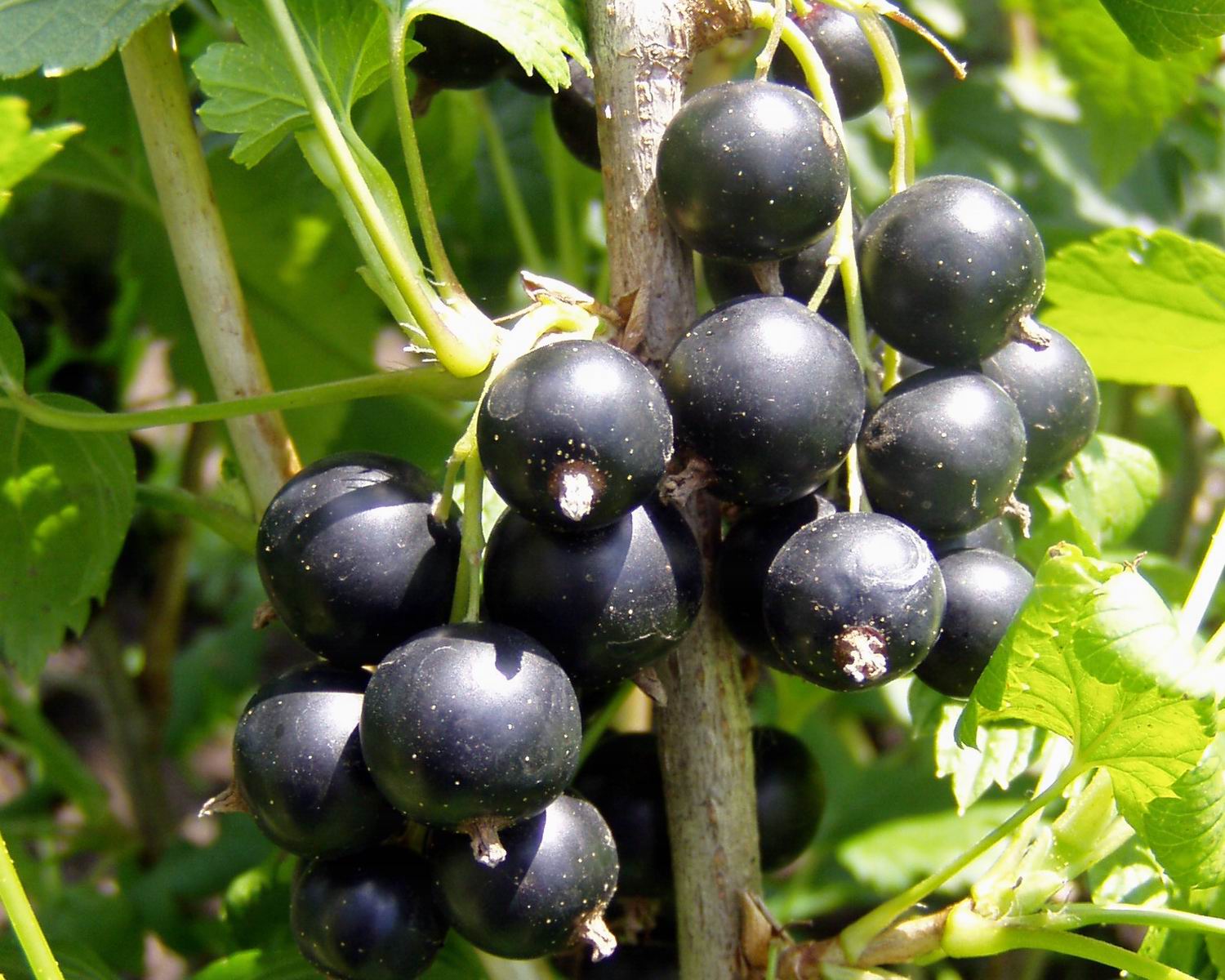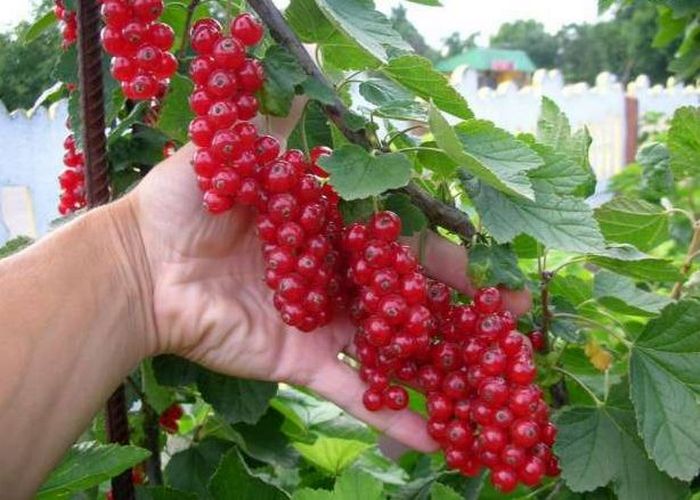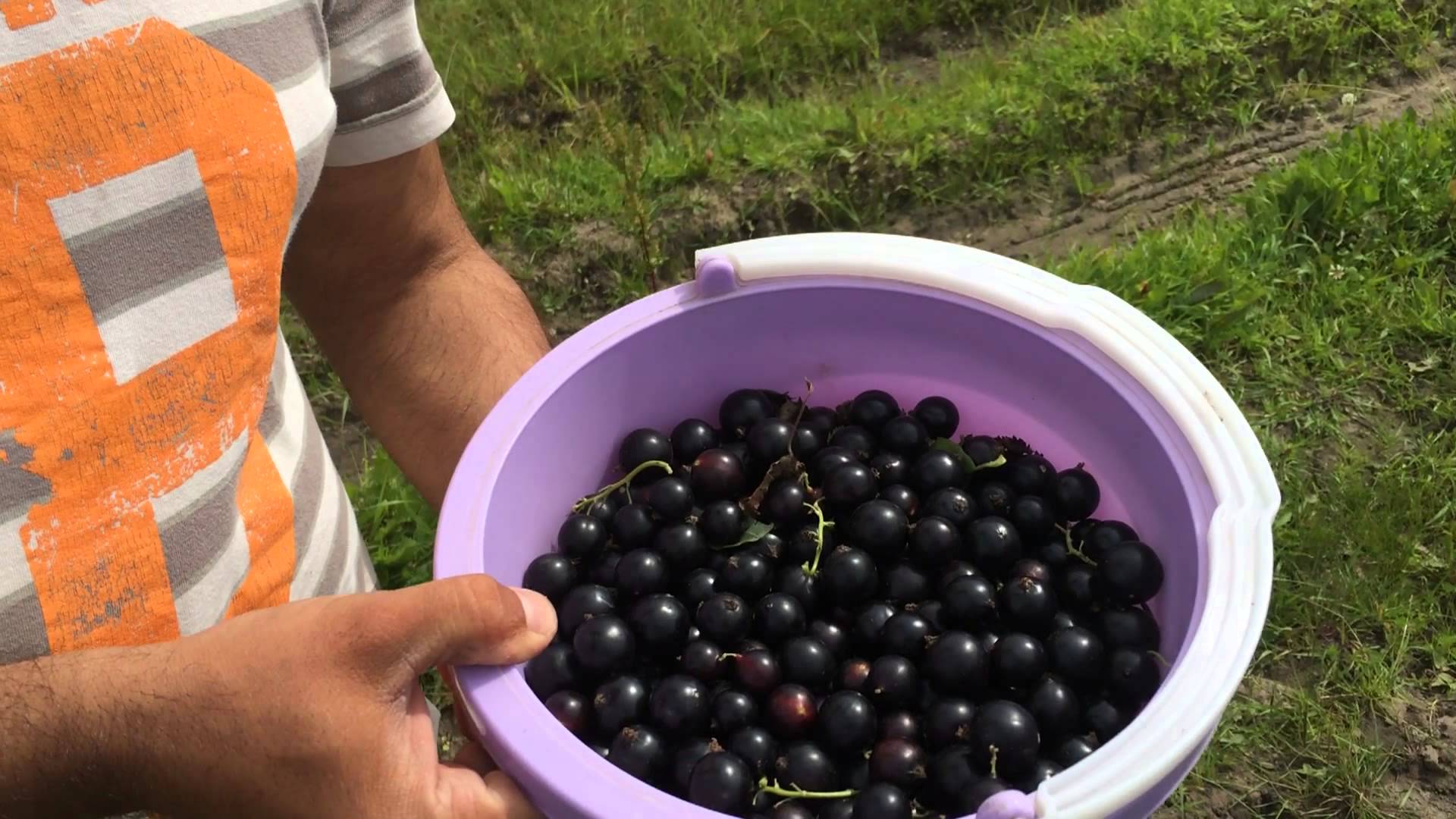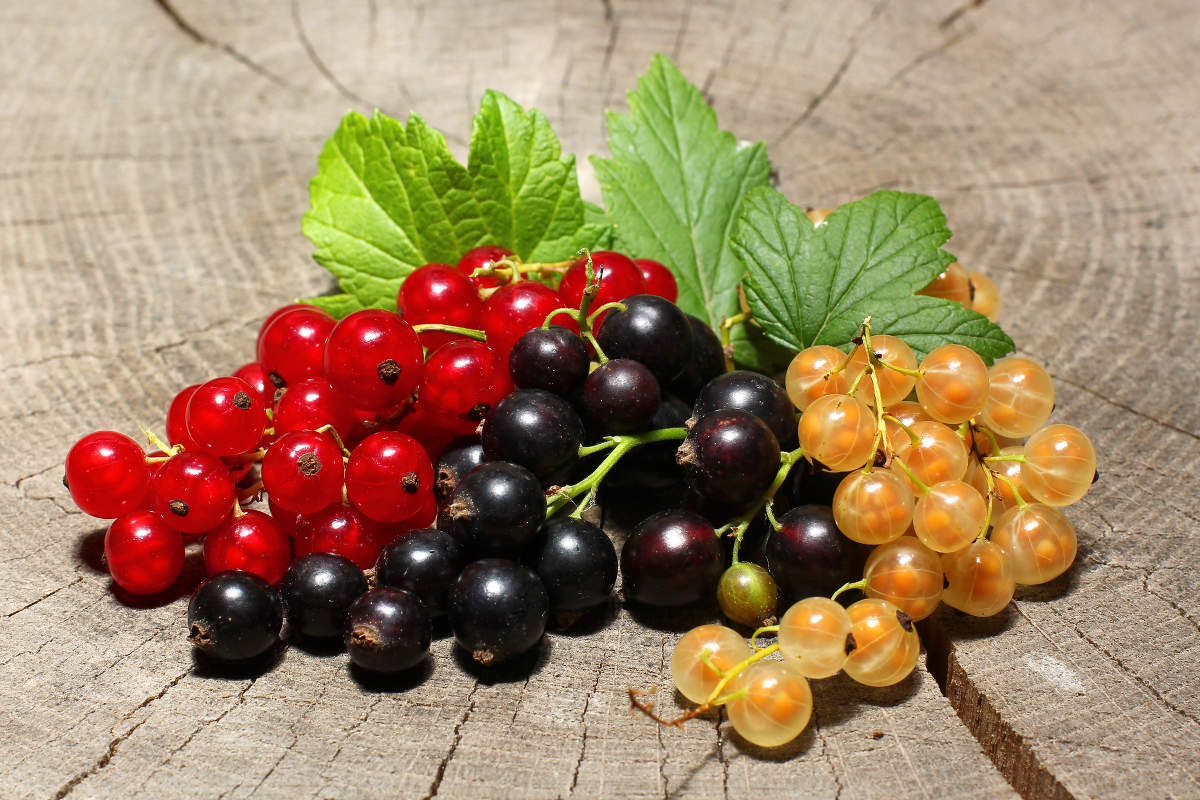Content:
Currant is one of the most popular fruit and berry crops in domestic horticultural plots.
The only problem that many gardeners face is choosing a variety that would meet all the requirements and expectations from the widest range of modern selection proposals. Pygmy is one of the most popular types of black currant.
A bit of history
The black currant variety Pygmy was bred by Russian breeders over 20 years ago. It has all the characteristics that are so highly valued in the field of horticulture: winter hardiness, yield and resistance to the negative effects of harmful insects and diseases.
The parent varieties for Pygmy are Bradthorpe and Blueberry Seedling. New currants began to be in demand from potential consumers almost immediately after they were entered into the State Register of Breeding Achievements. Its demand remains high to this day.
Description of the variety
Pygmy currant belongs to mid-season varieties. She has a not too voluminous bush, which will not take up too much space in the garden. The plant is not prone to thickening with lateral branches, and it requires a minimum amount of pruning. Usually, currant grows to a height of one and a half to two meters. For young branches of the Pygmy currant, a pinkish tint is characteristic.
Currant leaves are quite large, have a rich green color. The top of the leaf plate is shiny. The buds are placed along the trunk in relation to one another in a checkerboard pattern.
The flowering of fruit and berry crops occurs in small inconspicuous inflorescences. The berries ripen in tassels. One brush can contain from 5 to 12 berries. The fruits themselves are large. The weight of the berries can vary from 2.5 to 7.5 grams. They are very juicy and sweet in taste. The peel of the fruit is quite dense, not prone to cracking. In addition to all of the above, all berries have a pronounced currant aroma.
Due to its dense skin and elastic pulp, the plant easily tolerates transportation. Another significant characteristic of this variety of currants is a relatively long shelf life.
Pygmy is a medium-ripening variety. Berries from the shrub can be started to be picked at the end of June or at the beginning of July, depending on the region in which the plant was planted.
Planting the variety is allowed both in spring and autumn. Spring planting is highly recommended to start immediately after the thaws start. The most important thing is to have time to complete all the work before the bud breaks. If the currants are planted too late, the plant will be quite problematic to take root.
More preferable, from the point of view of agricultural technology, would be the autumn planting of the plant. It can be produced in September-October, depending on climatic conditions. The most important thing is that the Pygmy currant has time to get stronger and completely take root before the first frost begins.
Varietal Pygmy shrub is not too picky about care. But this does not mean that after planting it is allowed to completely forget about the plant. Certain activities will be required without fail.
Agricultural technology and care
Caring for a fruit and berry crop consists in performing a number of actions.
Soil care and fertilization
Not even the most experienced gardener knows the technology of soil care. It consists in the timely removal of weeds from the site where the planting was carried out, and loosening the soil. In order to avoid damage to the root system of the plant, it is recommended to loosen the soil by 8 centimeters near the bushes and 12 cm in the row spacing. To carry out the procedure less often, it is recommended to mulch the soil with manure, humus and peat. The soil under the mulch layer retains both looseness and moisture for a long period of time.
As for fertilization, before starting feeding, you should carefully study the description of the variety from a plant such as black currant. According to it, most of the nutrients are consumed by the crop in spring and early summer. In this case, fertilizers should be applied to the soil twice a year:
- in the fall;
- in the spring for digging.
Watering
Another important criterion for caring for black currant pygmy is timely watering of the plant. The relevance of this action increases if the dry period falls on the time of the formation of the ovary.
If the drought occurred in the fall, before the onset of cold weather, the plant must be watered additionally at the rate of 5 liters per square meter. This is due to the fact that overdried soil and lack of moisture provoke freezing of the shrub during the cold period.
Pruning
The Pygmy variety, although not prone to strong growth, periodically requires pruning. If the bush thickens, this will affect the qualitative and quantitative characteristics of the crop.
Usually currant pruning is done according to the following scheme:
- in the first year, all branches are cut off on a young seedling, and several buds are left, from which a certain number of first-order branches will subsequently grow;
- in the second year, several of the strongest branches are left on the grown shoots, which will become branches of the second order;
- in the third year, the branches of the second order are thinned out - 2 annual and 5 two-year shoots are left;
- in the fourth year, the crown of the bush should include 3 or 4 shoots from each of the previous years;
- in all subsequent years, currant pruning is done in such a way that about 20 shoots of various ages remain on the currant
Reproduction
Reproduction of black currant is done in one of three main ways:
- cuttings;
- layering;
- dividing the bush
Reproduction by layering is as follows. A parent shoot is selected and buried in the ground so that its tip remains on the surface. Any load is placed on the dig site, for example, a brick. After a few months, when the cuttings have time to take root, they are chopped off from the main shoot, dug out together with the root system and a lump of earth and transplanted to a place of constant growth.
Dividing a bush is the easiest way to get a new plant. A healthy bush is taken and divided into several parts, which are then planted. In this case, the most important thing is to make sure that each part of the bush has enough roots.
Advantages and disadvantages of the variety
The undoubted advantages of the variety include the following significant points:
- a high yield rate (up to 6 kg can be harvested from one shrub per season, and with industrial planting, the yield can be at least 22.8 tons per hectare);
- large berries (weighing up to 8 g);
- a long period of fruiting (due to uneven ripening, it is possible to harvest the crop for 3-6 weeks);
- self-fertility (if a pollinator is planted nearby - another variety of currants, the yield and quality of berries will become even higher);
- resistance to diseases such as anthracnose and powdery ash;
- excellent winter hardiness (withstands frosts down to -35C).
Of the shortcomings, only the susceptibility of the Pygmy variety to the attacks of the kidney mite and such a disease as septoria can be named.
Currant is a very highly demanded fruit and berry crop in our country. It is impossible to find a single garden or cottage on which they would not grow. It is eaten fresh and harvested for the winter. Choosing a Pygmy variety for planting will be the best option for both an experienced gardener and a novice amateur. The plant is quite unpretentious, and caring for it will not be particularly difficult.
